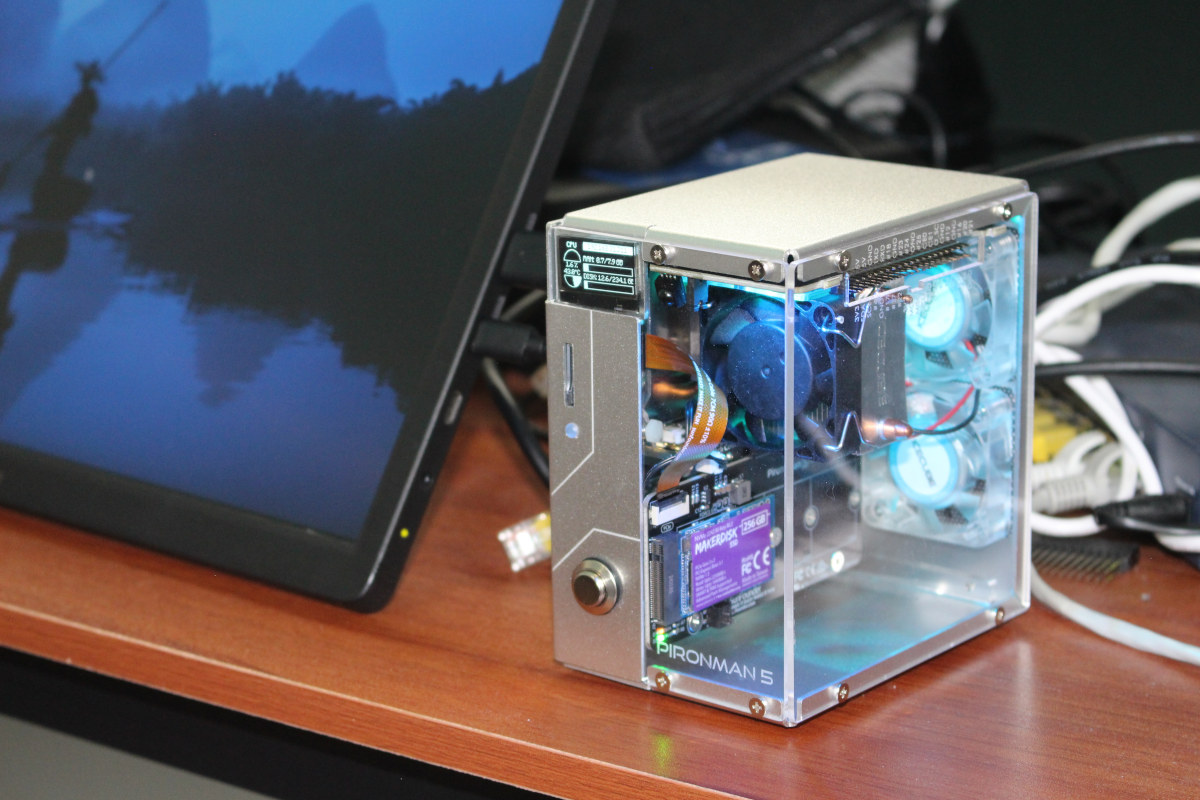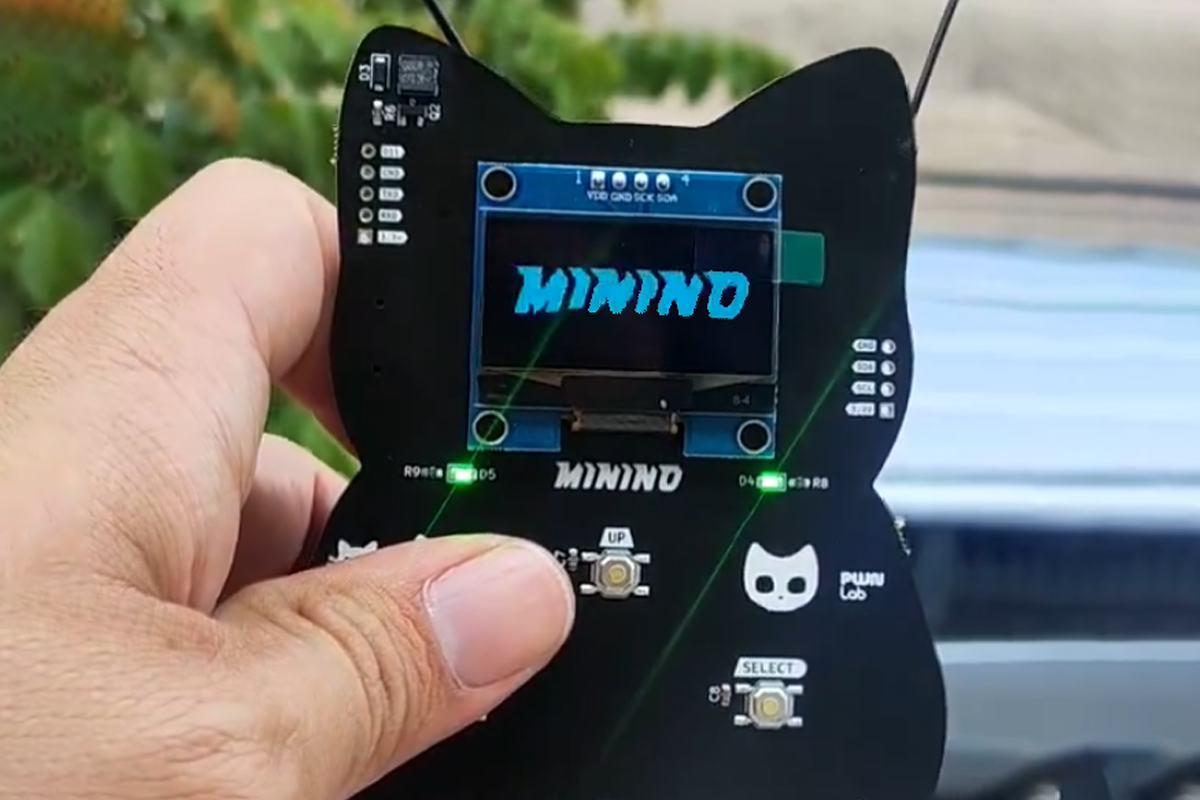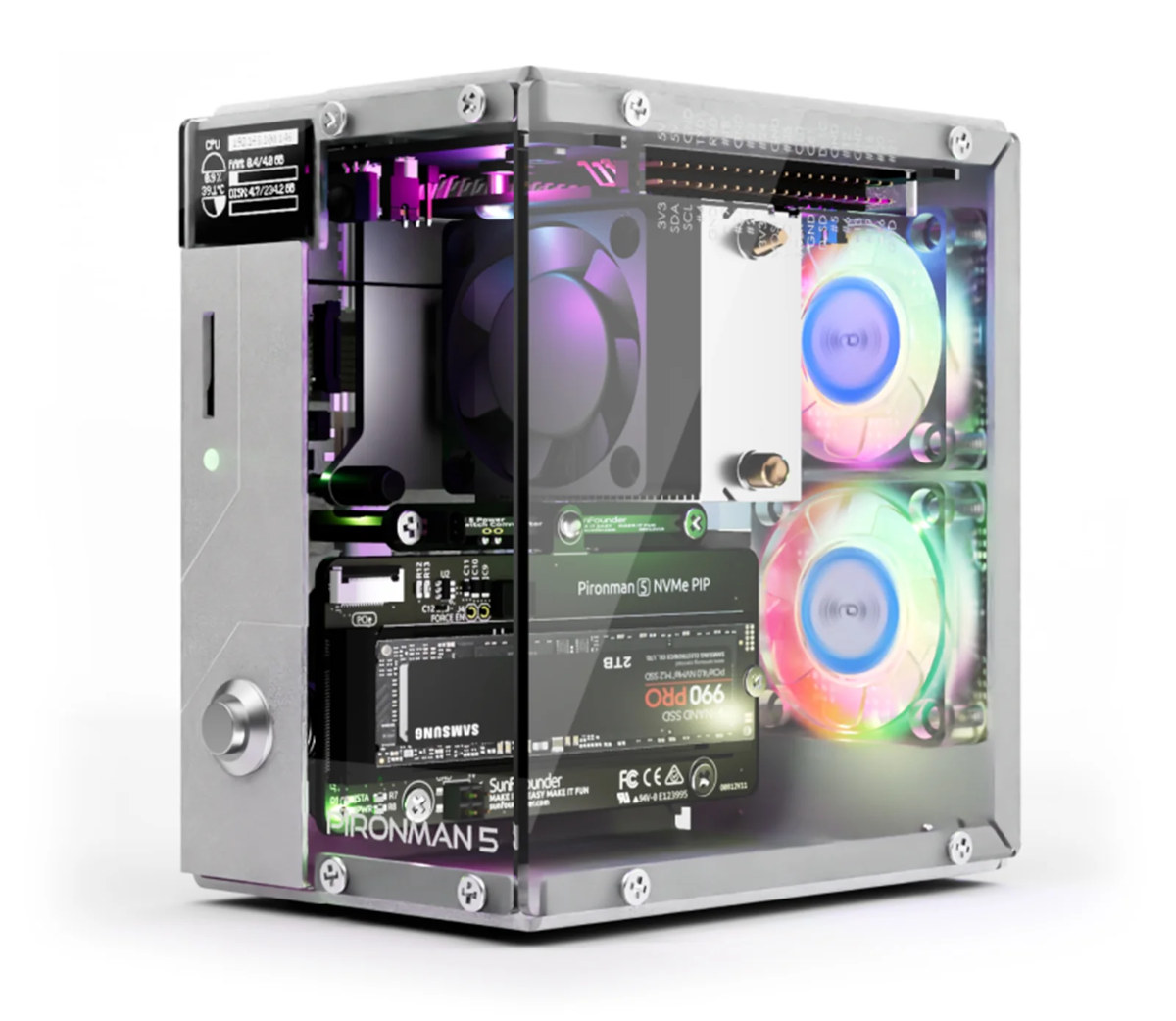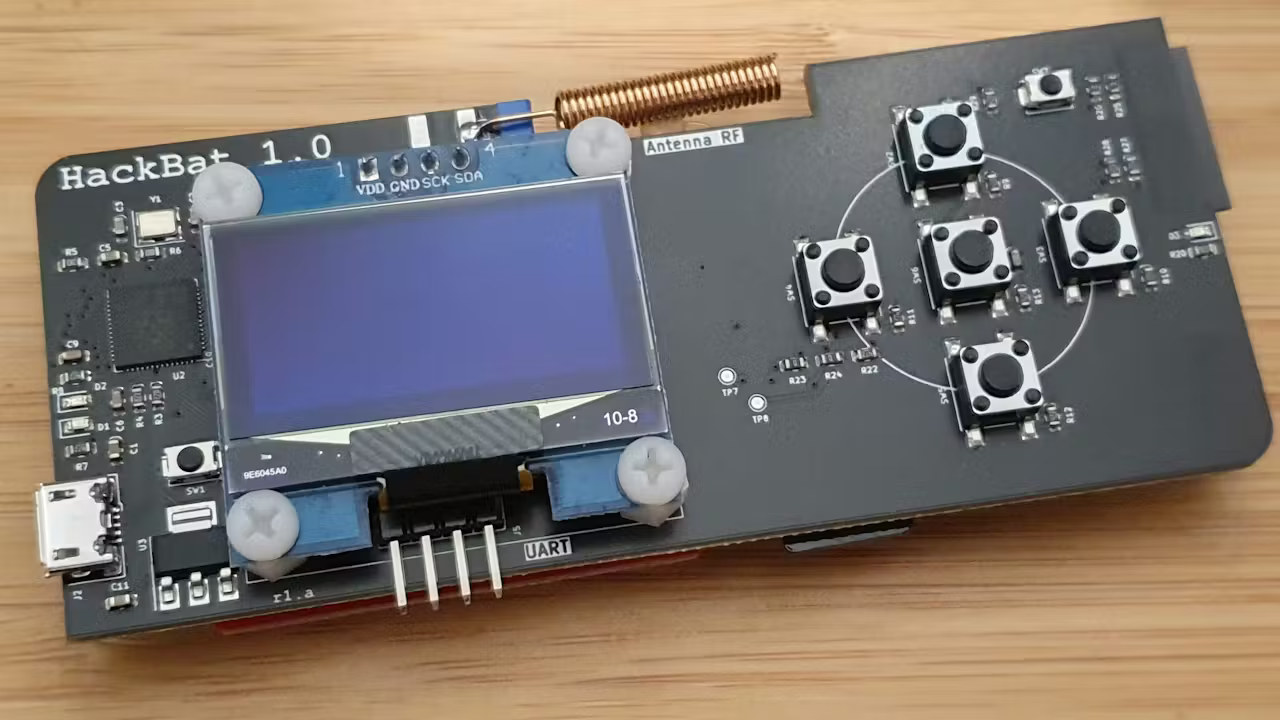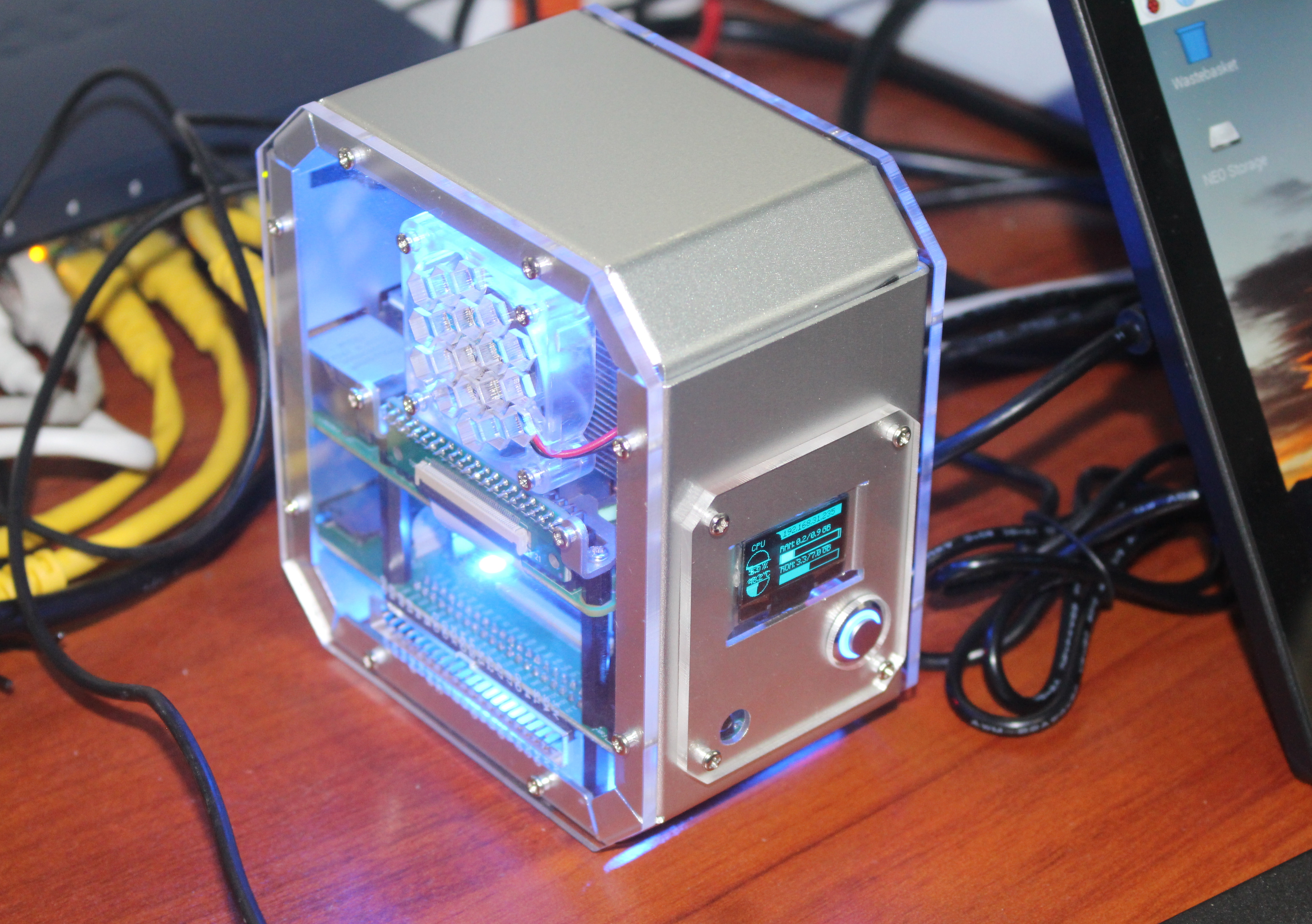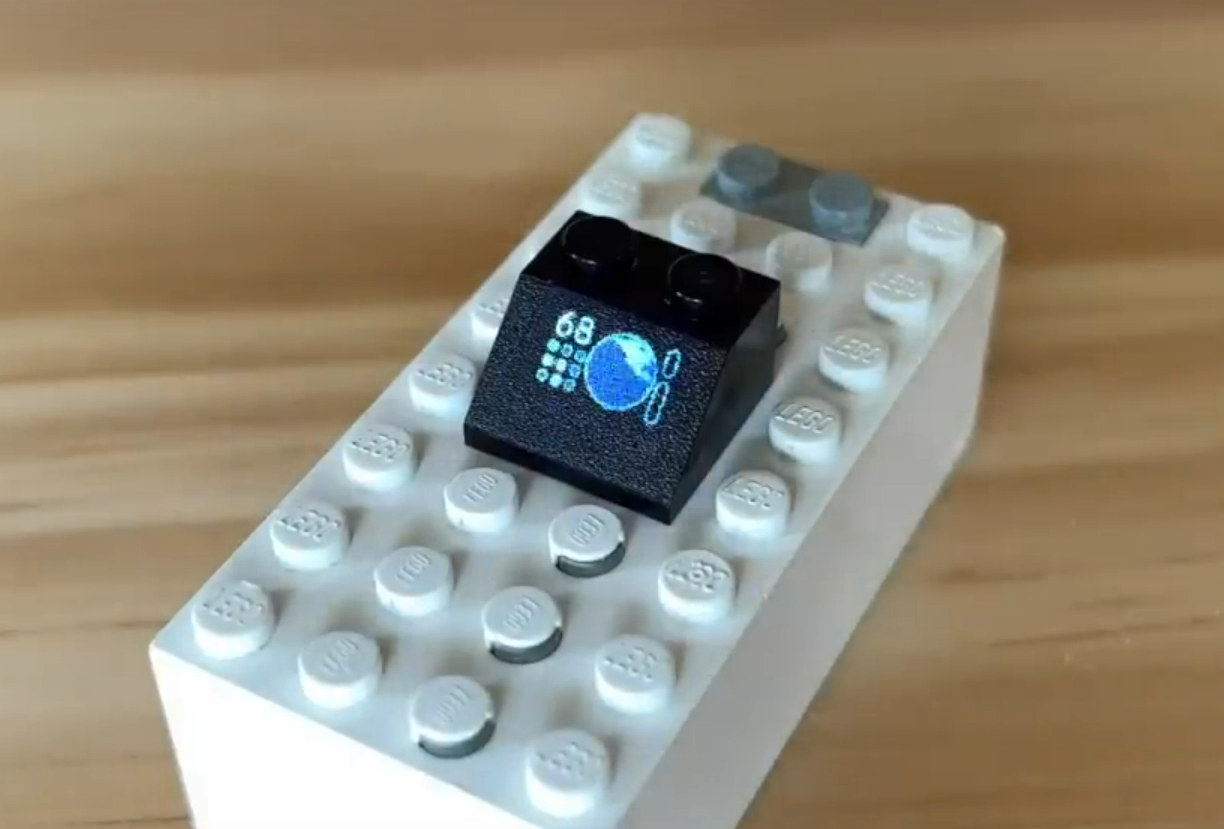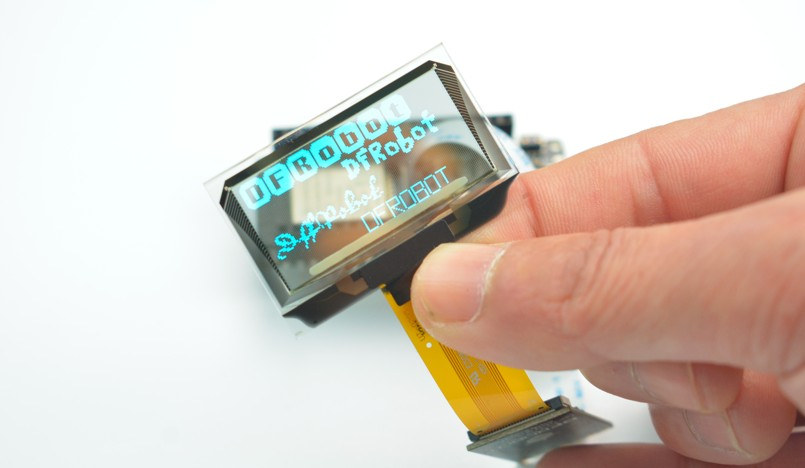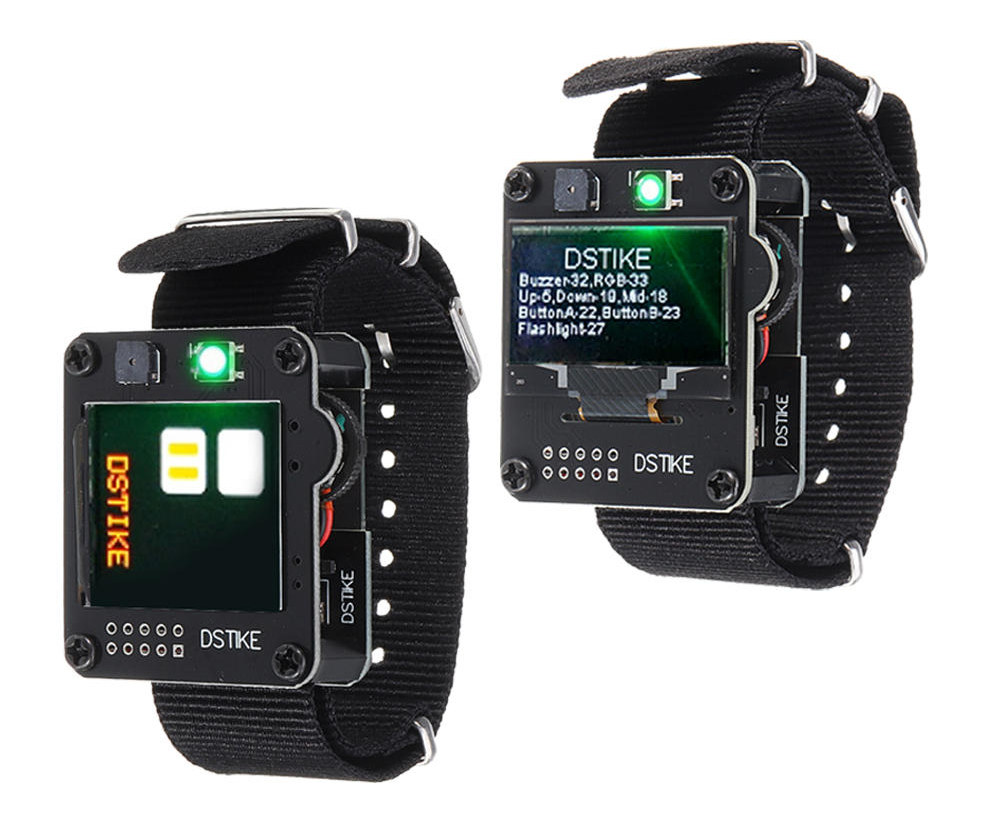SunFounder has sent me a review sample of the Pironman 5 tower PC case for the Raspberry Pi 5. I had already reviewed the Pironman case for Raspberry Pi 4 last year, so I’ll do something similar this time around with the new Pironman 5 case adding support for NVMe SSD using the PCIe interface from the Pi 5 SBC. The Pironman 5 review will include unboxing and an assembly guide, followed by software installation and features testing (e.g. OLED display, RGB LED control, remote control. soft power off, etc…), before testing the cooling efficiency of the device with some benchmarks. Pironman 5 unboxing The Pironman 5 comes in a package that will be smaller than most people expect. The main features are listed on the side with 5V/5A power input, a 0.96-inch OLED, a tower cooler, M.2 NVMe SSD support, an IR receiver, a CR1220 battery (included), four RGB […]
Minino ESP32-C6 board is designed for IoT security and penetration testing
Minino security tool is a kitty-shaped ESP32-C6 powered cybersecurity device for analyzing 2.4GHz communications and probing IoT devices. It supports Bluetooth Low Energy, Wi-Fi 6, Zigbee, Thread, and Matter, and has a dedicated GNSS radio for receiving signals from various satellite constellations. Minino is compatible with CatSniffer analysis tools and Wireshark software, and can log packet captures on a microSD card. These features make this suitable for applications like assessing IoT device security, network analysis, and wireless protocol research. We have previously written about similar IoT security and pen testing tools like the ESP8266 and ATmega32U4-based Diabolic Drive, the ESP32 Marauder Pocket Unit v2, the ThingPulse Pendrive S3, and many others, feel free to check those out if you are interested in the topic. Minino security tool specifications Wireless Module – ESP32-C6-WROOM-1U SoC – ESP32-C6 CPU Single-core 32-bit RISC-V clocked up to 160 MHz Low-power RISC-V core @ up to […]
Pironman 5 is a fancy tower PC case for the Raspberry Pi 5 with NVMe M.2 SSD, oversized fans, RGB LEDs
SunFounder Pironman 5 is an enclosure for the Raspberry Pi 5 SBC that looks like a small Tower PC equipped with two RGB LED fans and a tower cooler with a PWM fan for cooling, and support for an NVMe SSD drive through the company’s Pironman 5 NVMe PiP HAT+ expansion board. The case also includes a small OLED information display, a power button for safe shutdown, two full-size HDMI ports, a spring-loaded microSD card socket for easy insertion and removal, an IR receiver for media center applications, and externally accessible 40-pin GPIO header so users can still play with GPIO while the Raspberry Pi 5 is inside the case. Pironman 5 key features and specifications: Designed for the Raspberry Pi 5 SBC (a board like Radxa Rock 5C could be installed instead, but software for OLED display, RGB LEDs, fan control, etc… might be an issue) Storage Pironman 5 […]
HackBat – DIY open-source hardware Flipper Zero alternative features Raspberry Pi RP2040 MCU, ESP8266 WiFi module, RF transceiver…
HackBat is an open-source hardware pen-testing device designed for hackers and makers and equipped with a Raspberry Pi RP2040 microcontroller, an ESP8266 WiFi module, a sub-GHz RF transceiver, NFC, an OLED display, and more… It’s basically a DIY alternative to the popular Flipper Zero wireless hacking tool, that you can produce and assemble yourself. The Flipper Zero was the victim of its own success with the Canadian government (wrongly) claiming it could easily be used for car theft and planning to ban it (status still unclear right now), so Flipper Zero alternatives such as the M1 multitool device got some traction as backup solutions with some extra features. But any closed-source device could eventually be banned, something that’s close to impossible for an open-source hardware device like the HackBat although policymakers could still decide to impose heavy fines if they wanted to make this type of device illegal… HackBat key […]
Pironman review – A Raspberry Pi 4 enclosure with M.2 SATA, safe power off, RGB LED strip, and more
SunFounder Pironman is a Raspberry Pi 4 enclosure inspired by Michael Klement’s DIY Raspberry Pi 4 mini server with an OLED display and ICE Tower cooling solution, as well as some improvements such as an aluminum alloy and acrylic enclosure, support for an M.2 SATA SSD, a power button for safe shutdown, an IR receiver, and an RGB LED strip. The company sent me a Pironman kit without Raspberry Pi 4 for review. I’ll check the package content, go through the assembly, software installation, and testing of the unique features listed above. Pironman unboxing Some of the main specifications are listed on the side of the package. The enclosure comes fully disassembled with the Pironman board, metal and acrylic panels, RGB LED strip, OLED display, heatsink, fan, adapters, flat cables, screws, standoffs, and so on. The top of the Pironman board (JMS580-V1.8) comes with a JMicron JMS580 USB 3.2 Gen […]
LEGO brick with Raspberry Pi RP2040 runs Doom
James Brown (aka Ancient) has built a tiny computer inside a LEGO brick with a Raspberry Pi RP2040 microcontroller and a 0.42-inch OLED display. And yes, it runs Doom. So finally, the LEGO minifigures have access to a computer suitable for their size :). James did not post a lot of information to reproduce the build by yourself, but he still released the “uGrey” code, written in Micropython, to display greyscale on a monochrome OLED. We can learn from the design in a mesmerizing video (embedded at the end of this post) showing how he made a Raspberry Pi RP2040 computer fit into a LEGO brick. The tiny design is comprised of five main boards/modules: Raspberry Pi RP2040 module The micro USB module Two side modules with other components A 0.42-inch OLED display with 72×40 resolution (SSD1306) Since soldering the four modules together by hand only would be really challenging, […]
1.51-inch transparent OLED display works over GDI or SPI interface
We’ve seen transparent, see-through displays at least since 2010 for retail applications, and over the years, these types of transparent displays or variants have made it to consumer devices like smartwatches and notch-free smartphones. But I don’t think I had ever seen transparent displays for the maker market, and DFRobot Fermion is 1.51-inch transparent OLED display with 128×64 resolution that is connected to the host MCU via SPI or GDI (General Display Interface) interface. Fermion specifications: 1.51-inch transparent OLED display with blue pixels based on SSD1309 driver Resolution – 128×64 (transparent part: 128×56) Display interface – 8-bit 68xx/80xx Parallel, 3-/4-wire SPI, I2C Adapter Interface – SPI, GDI Operating Voltage – 3.3V Dimensions Screen Size – 41.92 x 27.08mm Display Area – 35.05 x 15.32 mm Pixel Pitch – 0.274 x 0.274mm Pixel Size – 0.254 x 0.254mm Adapter Size – 18 x 28mm/0.71 x 1.10inch Temperature Range – -40~70°C There […]
DSTIKE ESP32 Watch Development Board Comes with OLED or TFT Display
In recent months several Espressif ESP32 watches have started to show up including TTGO-T wristband and Watchy with an e-Ink display. This morning, I’ve come across another option with DSTIKE ESP32 watch development kit that offers a choice of black & white OLED display or color TFT display, and has apparently been around for about a year. DSTIKE ESP32 watch devkit specifications: SoC – ESP32 dual-core Tensilica LX6 processor with Wi-Fi 4 and Bluetooth 5.0/5.1 connectivity Storage – MicroSD card Display (one or the other) 1.3 OLED I2C display (SH1106) TFT color display with 240 x 240 resolution (I2C + 2 I/O) Expansion – 10-pin header with TX/RX, GPIO 17 & 16 (I2C), SVP/SVN, GPIO 25 & 26 (DAC), GND, and 3V Misc – Power switch, navigation buttons, reset & flash buttons, buzzer, WS2812b RGB LED, “highlight LED” (backlight LED maybe), charging status LED Battery – 600 mAh battery Dimensions […]


